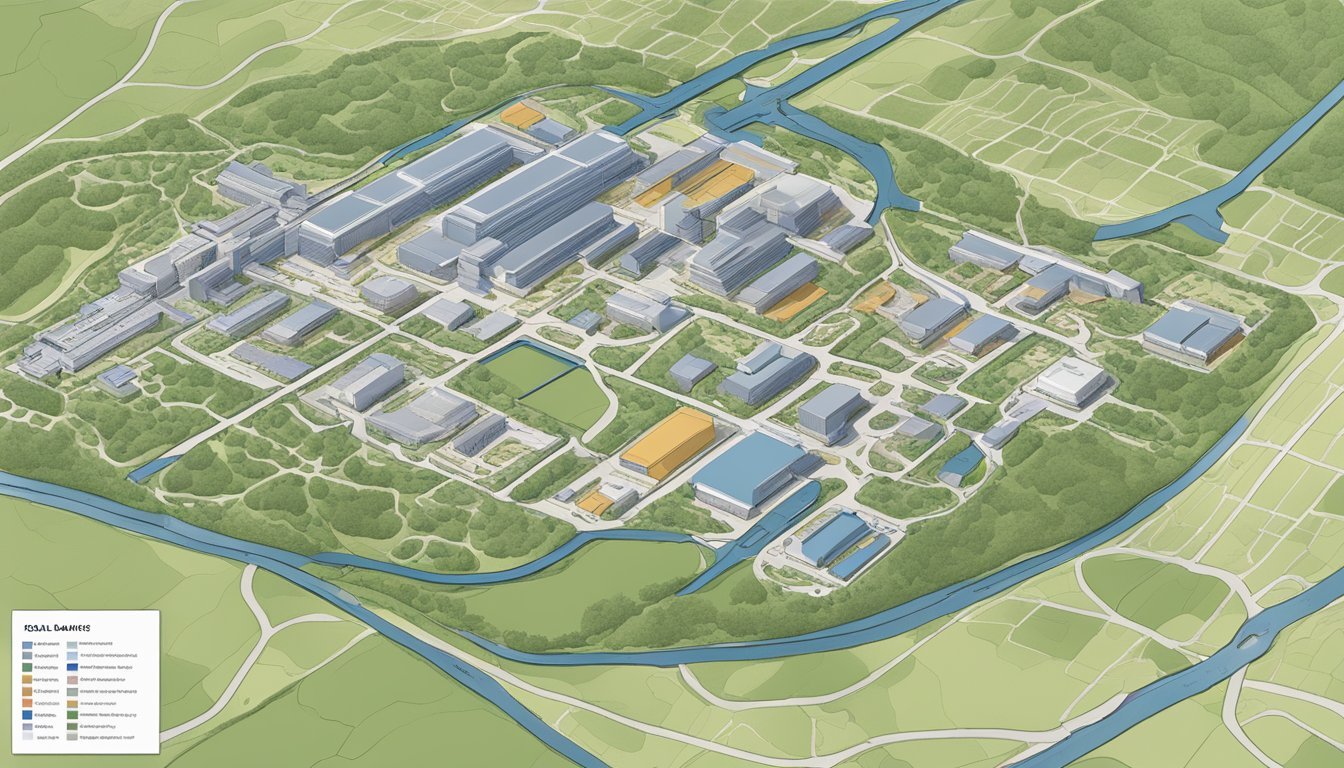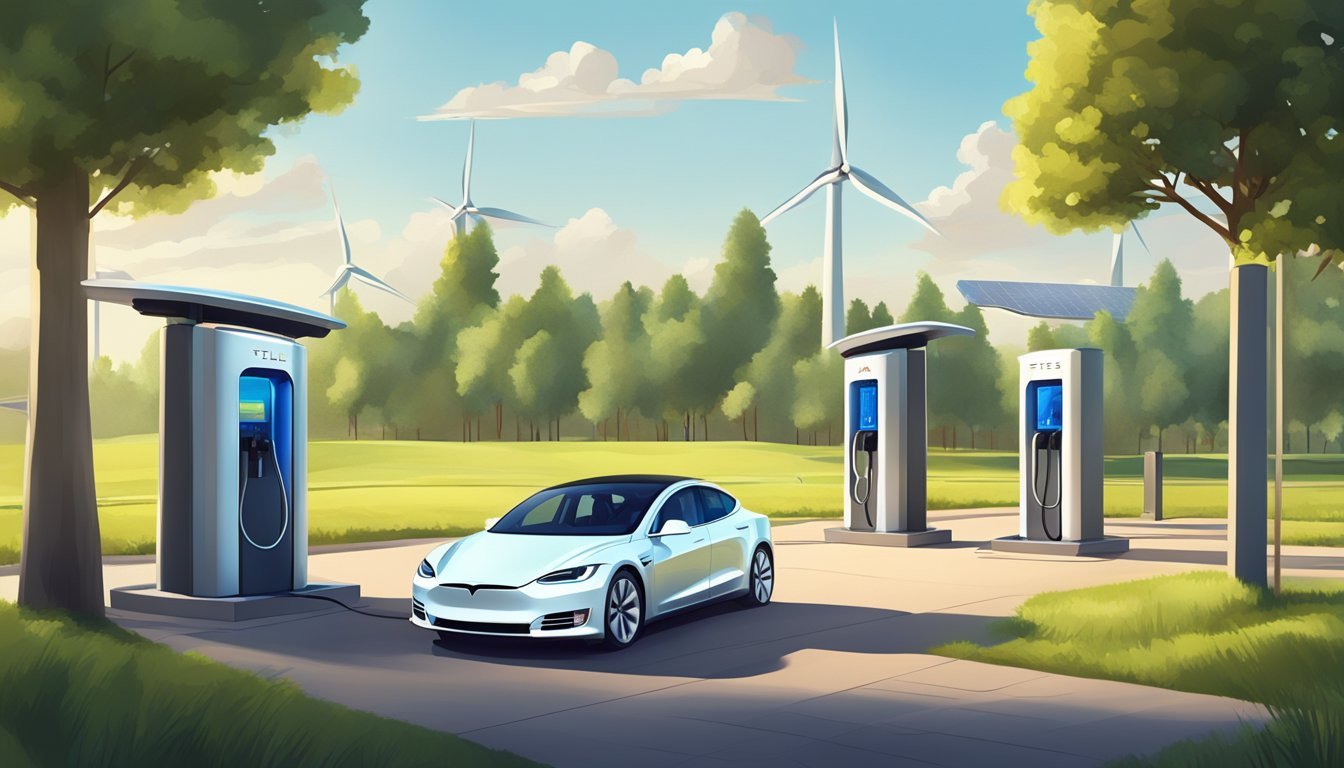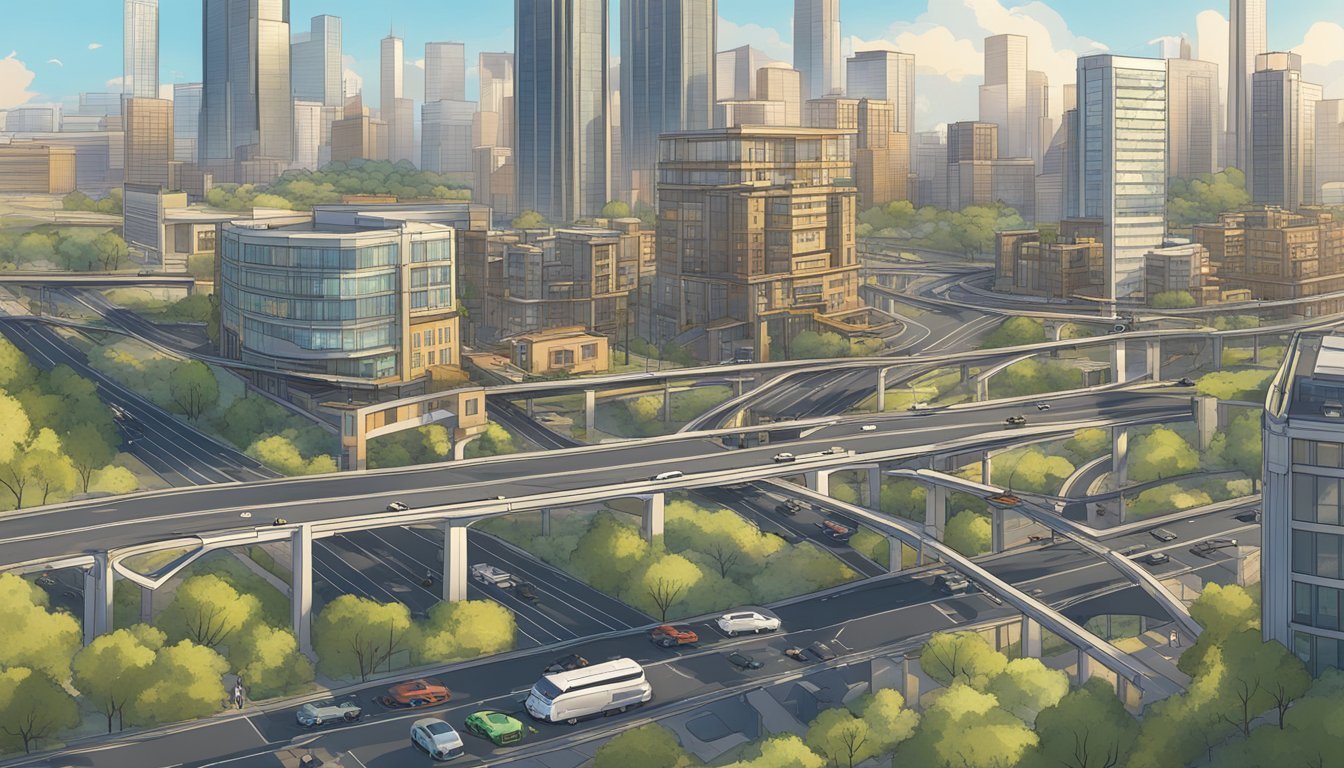Tesla Austin ETJ: Gigafactory Dodges City Rules, Sparks Environmental Outcry!
Tesla's Gigafactory in Austin, Texas has taken advantage of a new state law to remove itself from the city's extraterritorial jurisdiction (ETJ). This move allows the electric vehicle manufacturer to bypass Austin's environmental regulations, particularly those related to water quality and flood control.
By exercising this "de-annexation" option, Tesla gains more freedom to develop its 2,100-acre property without adhering to the city's stringent environmental oversight. The company's decision has sparked discussions about the balance between economic development and environmental protection in rapidly growing urban areas.
This development raises questions about the long-term implications for both Tesla and the city of Austin. While the automaker may benefit from reduced regulatory burdens, concerns linger about potential environmental impacts and the precedent this move sets for other large corporations operating in the region.
Tesla's Influence in Texas
Tesla's presence in Texas has grown significantly with the establishment of Giga Texas, also known as the Austin Gigafactory. This massive facility represents a major investment in the state's manufacturing sector.
The electric vehicle manufacturer has leveraged its influence to shape local regulations. Tesla recently utilized a new state law to remove nearly 2,100 acres in Travis County from Austin's extraterritorial jurisdiction.
This move allows Tesla to bypass certain city regulations, particularly those related to environmental oversight. The company now has more control over water quality and flooding issues at its gigafactory site.
Tesla's actions have sparked discussions about corporate influence on local governance. Some view it as a strategic business decision, while others raise concerns about potential environmental impacts.
The Austin Gigafactory is expected to become a major producer of electric vehicles, including the Cybertruck. This production capability further cements Tesla's role in Texas' automotive industry.
Tesla's growing presence in Texas extends beyond manufacturing. The company has also relocated its headquarters to the state, signaling a long-term commitment to the region.
As Tesla continues to expand its operations, its influence on Texas' economic landscape and policy decisions is likely to increase. The full impact of this relationship remains to be seen in the coming years.
Understanding Extraterritorial Jurisdiction
Extraterritorial jurisdiction (ETJ) plays a significant role in Texas municipalities' governance and land management. It impacts urban growth, local regulations, and relationships between cities and surrounding areas.
Definition and Relevance in Texas
ETJ refers to the area beyond a city's corporate limits where it can exercise limited authority. In Texas, the size of an ETJ depends on the city's population. For larger cities like Austin, the ETJ can extend up to 5 miles from city boundaries. This zone allows cities to plan for future growth and development.
ETJ areas are subject to some municipal regulations, particularly those related to subdivision and platting. However, residents in ETJ zones do not pay city taxes or receive full city services. The concept aims to manage urban sprawl and ensure orderly development in areas likely to be annexed in the future.
ETJ and Local Governance
Municipalities exercise limited control over their ETJ. They can enforce certain development standards and regulations. This includes oversight of:
Subdivision platting
Sign regulations
Some environmental protections
Cities cannot impose zoning restrictions or collect property taxes in ETJ areas. Local governance in these zones often involves coordination between city and county authorities. This can lead to complex jurisdictional relationships and occasionally conflicting regulations.
State Legislation Impacting ETJ
Recent changes in Texas law have significantly affected ETJ dynamics. Senate Bill 2038, which took effect on September 1, 2023, allows landowners in ETJ areas to petition for removal from a city's jurisdiction. This legislation has far-reaching implications for municipal planning and control.
SB 2038 empowers property owners to potentially reduce a city's ETJ. For instance, Tesla used this law to petition for the removal of its 2,100-acre Gigafactory from Austin's ETJ. This move could limit Austin's environmental oversight of the facility.
The new law reflects ongoing debates about balancing municipal authority with property rights. It may reshape urban growth patterns along major corridors like State Highway 130.
Environmental Considerations
Tesla's Giga Texas factory has raised important environmental concerns in Austin. The facility's location and operations impact local ecosystems, water resources, and flood risks.
Austin's Ecological Paradise
Austin prides itself on its natural beauty and diverse ecosystems. The area around Tesla's factory includes sensitive habitats and wildlife. Native plants and animals inhabit the surrounding landscape, creating a delicate ecological balance.
Tesla's development has altered some of this habitat. The company has implemented measures to minimize disruption, including setting aside conservation areas. Efforts to preserve native species and maintain green spaces are ongoing.
Monitoring programs track the factory's impact on local flora and fauna. Environmental groups continue to advocate for stronger protections.
Colorado River and Water Quality
The Colorado River flows near Tesla's Giga Texas site. This proximity raises concerns about water quality and usage. The factory requires significant water for operations, potentially affecting river levels.
Tesla has implemented water recycling systems to reduce consumption. Strict wastewater treatment protocols aim to prevent pollution. Regular water quality testing monitors any potential impacts on the river.
Local authorities and environmental agencies closely watch for any signs of contamination. Maintaining the river's health remains a top priority for both Tesla and the community.
Flooding Issues and Prevention
The Giga Texas site lies in a flood-prone area near the Colorado River. This location necessitates careful flood prevention planning. Tesla has implemented extensive drainage systems and retention ponds to manage stormwater runoff.
Building designs incorporate flood-resistant features. Elevated structures and water-resistant materials help protect critical equipment. Emergency response plans are in place for potential flooding events.
Ongoing collaboration with local flood control authorities ensures compliance with regulations. Climate change considerations factor into long-term flood mitigation strategies for the site.
Regional Expansion of Tesla Operations
Tesla's presence in Austin extends beyond its Gigafactory, influencing nearby communities and spurring further development. The company's growth has catalyzed partnerships and expansions in the region.
Gigafactory's Impact on Surrounding Areas
Tesla's 2,100-acre Gigafactory along State Highway 130 and the Colorado River has transformed the local landscape. The facility's size and location near Austin's center have raised environmental considerations. Tesla's recent de-annexation from Austin's extraterritorial jurisdiction (ETJ) alters the regulatory landscape for the site.
This move exempts Tesla from certain city environmental regulations, potentially affecting future residents and the surrounding ecosystem. The Colorado River's proximity to the Gigafactory underscores the importance of responsible lan
Legal and Regulatory Framework
Senate Bill 2038 introduced significant changes to land development regulations in Texas, impacting Tesla's Giga Texas facility and other properties in Austin's extraterritorial jurisdiction (ETJ). The law allows landowners to petition for release from certain municipal oversight.
Understanding Senate Bill 2038
SB 2038, enacted in Texas, permits property owners to opt out of extraterritorial jurisdiction regulations. This law enables landowners to petition for release from municipal oversight if they meet specific criteria. For Tesla, this meant the ability to request exemption from Austin's environmental rules for its Giga Texas site.
The bill requires signatures from a majority of landowners in the ETJ area to submit a petition. Tesla filed such a petition on February 7, 2024, for approximately 2,100 acres encompassing its gigafactory along State Highway 130 and the Colorado River.
Exemptions and Environmental Oversight
Under SB 2038, properties released from ETJ must still adhere to minimum development and environmental standards. While exempt from Austin's specific regulations, Tesla's Giga Texas site remains subject to state and federal environmental laws.
The City of Austin confirmed on March 8, 2024, that Tesla's property met the criteria for release from ETJ. This decision freed the company from Austin's environmental regulations but did not eliminate all oversight. The exact implications for environmental protection at the site are still being examined by experts and local officials.
Lawsuits and Landowner Rights
The implementation of SB 2038 has sparked debates about landowner rights and municipal authority. Some landowners view the law as a protection of property rights, while others fear it may lead to reduced environmental safeguards.
Legal challenges to the bill are possible, as municipalities and environmental groups assess its impact. Landowners within ETJs now have more flexibility in development decisions, but this could potentially conflict with broader community planning efforts.
The long-term effects of SB 2038 on land use, environmental protection, and local governance in Texas remain to be seen. As more properties seek exemption, courts may be called upon to interpret the law's scope and limitations.





